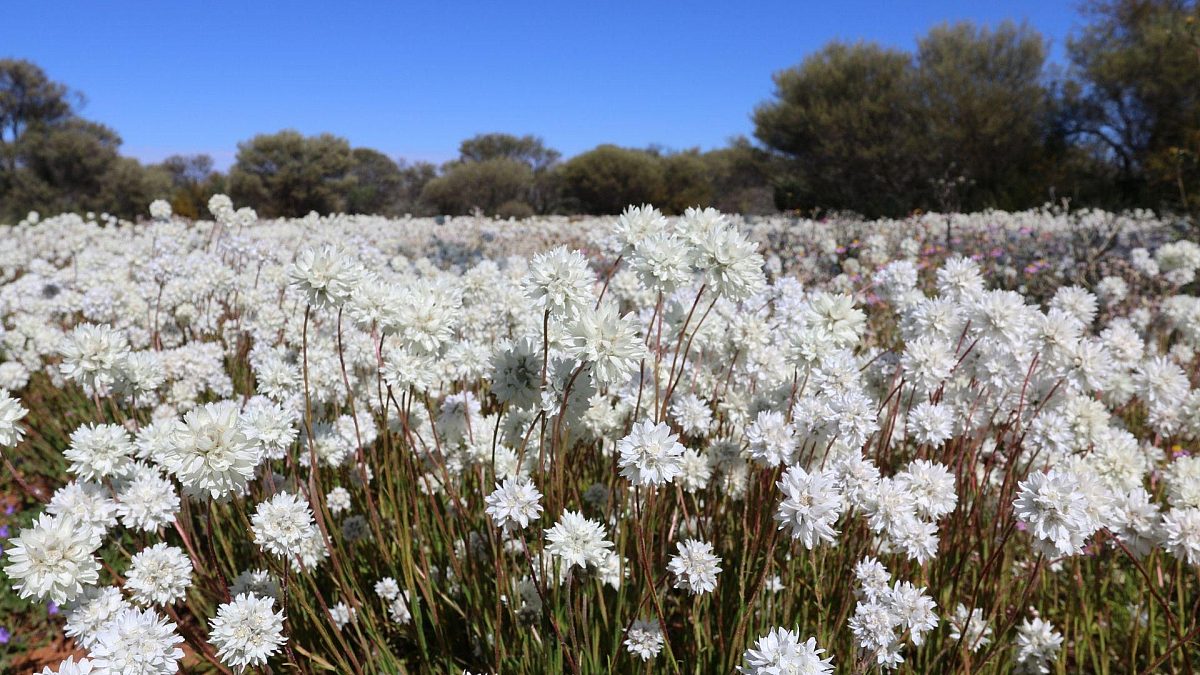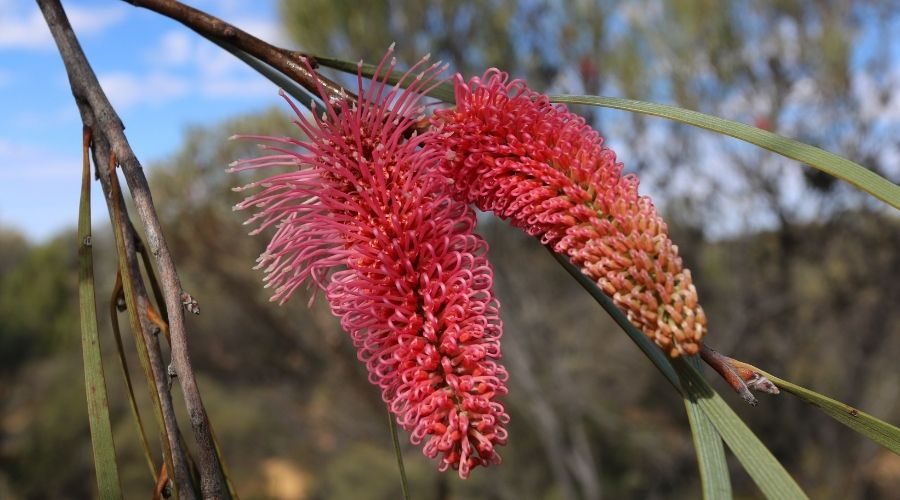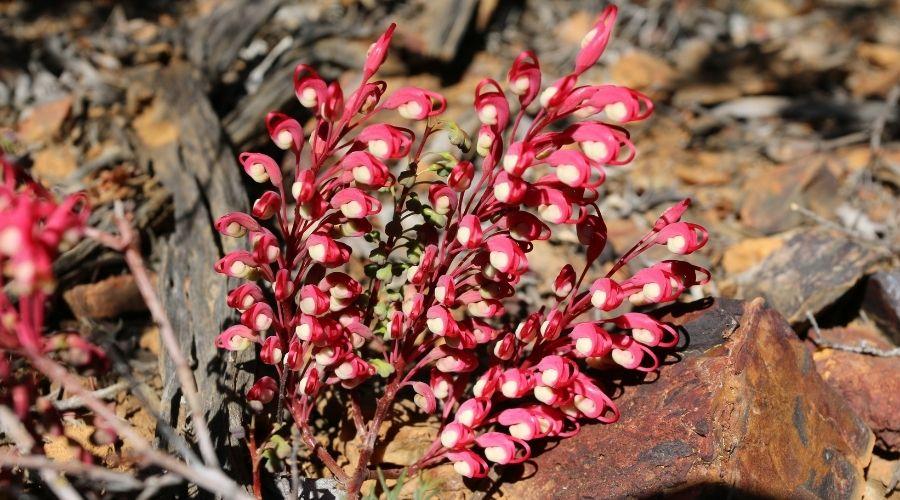
Share your thoughts
Have your say on WA's native vegetation policy
The WA government needs to hear the need for urgency and funding certainty to ensure native vegetation is protected and restored. Please use this guide to take part in the survey, which closes Monday 25 October.

The WA Minister for Environment, Hon Amber-Jade Sanderson MLA, has released a draft Native Vegetation Policy for public comment. While the intent of this draft policy and many of the stated initiatives are welcomed, we want you to demand greater urgency and priority funding, to ensure native vegetation is protected, plays an effective role in mitigating the impacts of climate change and provides critical habitat for threatened species.
The Wilderness Society has prepared this survey guide for supporters that want to provide a brief response to the WA government, highlighting the need for urgency and funding certainty.
While we always appreciate your support, you should feel comfortable to respond in any way that you choose.
Access the survey here - complete it by 25 October
Survey guide
SECTION 1 - Your details
Reflect your personal or professional details to frame your response.
SECTION 2 - Context
Select "There are elements to be addressed (use text box below)"
Utilise the proposed response - “The draft policy outlines an intent, direction and set of initiatives that would be welcomed. However, the absence of clear targets for each bioregion, a lack of urgency in relation to the proposed actions and the unknown financial commitments all need to be addressed in the final policy.”
SECTION 3 - Guiding Principles
Select " There are elements to be addressed (use text box below)"
Utilise the proposed response - “The guiding principles clearly state that the condition and extent of WA’s native vegetation is declining. The values, practices, opportunities and challenges have been well understood for a long time. A clear risk to these guiding principles is the delay in decisive action and investment. The potential for continued inertia in the protection, monitoring and restoration of native vegetation will have long-term and catastrophic outcomes”.
SECTION 4 - Strategies and Outcomes
Select "Neither" for Strategies
Select "Strongly Support" for all four Outcomes.
Utilise the proposed response - “The merit of any strategy will be determined by outcomes. The outcomes for the management of native vegetation need to ensure a State-wide net gain is achieved, reject any further clearing of Threatened Ecological Communities and substantially invest in a State-wide land restoration program.”

SECTION 5 - Goals and Approaches
Due to the lack of urgency and specific funding commitments in the draft policy, select “Neither” for the goals and strategies for each of the four strategies.
For Strategy 1 goals and approaches, utilise the proposed response:
“The existing management system for native vegetation should have already incorporated most of these elements. The need for whole-of-government coordination and strategic planning to support native vegetation management should be a core responsibility of State Government, rather than a series of projects that needs to consume additional resources.”
For Strategy 2 goals and approaches, utilise the proposed response:
“Transparent decision-making is critical to provide certainty that the extent and condition of native vegetation is not continually declining. The development of digital systems to support biodiversity data requires priority and substantial investment. The public availability of decisions, rationale and data is essential to build public trust in the system.
For Strategy 3 goals and approaches, utilise the proposed response:
“As far as is practicable, all data, mapping, monitoring and enforcement should be governed by a sole government agency. To ensure conservation outcomes, we need to know what biodiversity we have and what it requires to survive. While the Wheatbelt requires significant intervention to effectively restore and rehabilitate native vegetation, it should not be used as a baseline for which to achieve a nett gain. As outlined in the purpose of the draft policy, this needs to be a State-wide objective.”
“Traditional Ecological Knowledge should be a central tenet of bioregional approaches and this should be extended to incorporate fire management practices. Rapid response, ecological fire regimes and the engagement of First Nations people in the process should be a matter of urgency.”
For Strategy 4 goals and approaches, utilise the proposed response:
“The community has a strong affinity with WA’s unique native vegetation. It is clear that balance is not being achieved and the condition and extent of WA’s native vegetation is declining. If this continues it will result in long-term and catastrophic outcomes.”
“Far greater efforts need to be made to ensure illegal clearing is detected and enforced, before incentivising stewardship practices that should be the status quo. The future review of incentives, pricing and offsets regimes needs to be based on ecological outcomes and ensure these regimes do not continue to contribute to the decline of WA’s native vegetation.
SECTION 6 - Roadmap
As outlined in prior sections, you should feel comfortable to respond in any way that you choose.
Consider utilising the following responses to support the demands for greater biodiversity monitoring, modernised native vegetation data and transparent decision-making:
Select “Low priority” for Improve efficiency and clarity of the clearing permit process (Action 2.5) and Incentives and pricing for good stewardship (Action 4.1).
Select “Medium priority” for Monitor and evaluate policy implementation (Action 1.4) and A focus on the Wheatbelt (Action 1.6 and 3.4) and Environmental offsets (Actions 4.1a) & 4.2).
Select “High priority” for all other roadmap actions.
SECTION 7 - Upload a document
Consider the inclusion of our recent report, “7 ways to protect WA's most valuable natural asset” as a proposed response
Resources:
Download our guide to filling out the survey to share.
Access the WA government’s survey
Our recent report, “7 ways to protect WA's most valuable natural asset”